From Scratch: Rock (Thirteen) – The Rise of Hard Rock in Rock Sheet Music
With the arrival of the first wave of metal, rock music entered a new era. Although the early 1970s definition of heavy metal differs from what we know today, the heavier, sharper sound took root quickly. Bands were shedding the blues origins of early rock, opting instead for fast-paced aggression and raw emotional power. For learners exploring this genre, diving into its history through rock sheet music, guided piano online lessons, and approachable easy sheet music is one of the most effective ways to master both feel and structure. Even the most intense songs can now be broken down into practical piano notes for practice.

1973
Alice Cooper’s Billion Dollar Babies became the band’s most impactful album. Following its success, the lead singer adopted the band name as his own and set a new standard for theatrical rock performance, paving the way for glam rock.
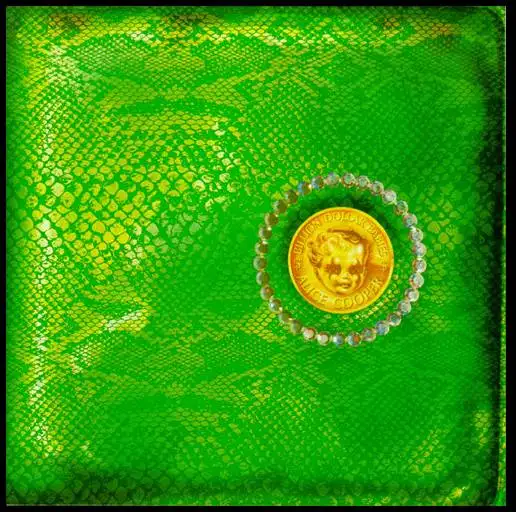
Aerosmith debuted with their self-titled album. While initial sales were low, the track “Dream On” later gained legendary status. The song is a common entry in piano online lessons, due to its expressive vocal line and power ballad structure—perfect for transitioning from classical to modern styles.

Blue Öyster Cult released Tyranny and Mutation, widely regarded as their finest album. Its textured arrangement is a good case study for those learning to interpret dynamic changes via piano notes.
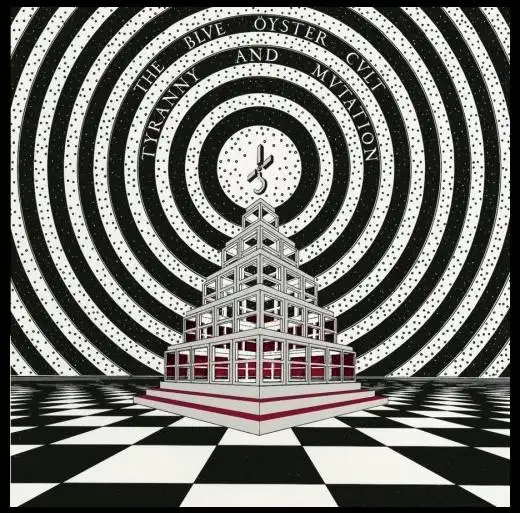
Budgie’s Never Turn Your Back on a Friend included “Breadfan,” famously covered by Metallica. Today, simplified versions are featured in easy sheet music collections for students exploring early metal themes.
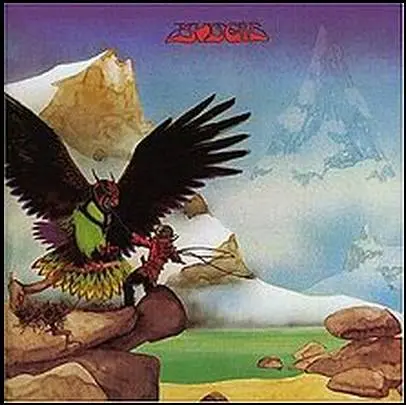
Black Sabbath’s Sabbath Bloody Sabbath was praised for its blend of aggression and musicality. Tracks like “Fluff” offer a softer side of Sabbath, now transcribed in many rock sheet music editions for solo piano.
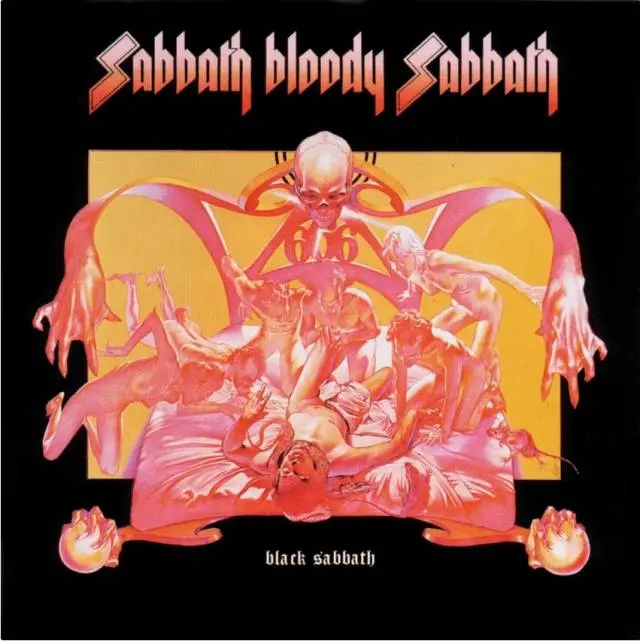
Deep Purple experienced lineup changes and released Burn and Stormbringer in the following year. These albums marked their stylistic evolution, combining bluesy grooves with hard rock riffs—ideal material for rhythmic training using piano notes.
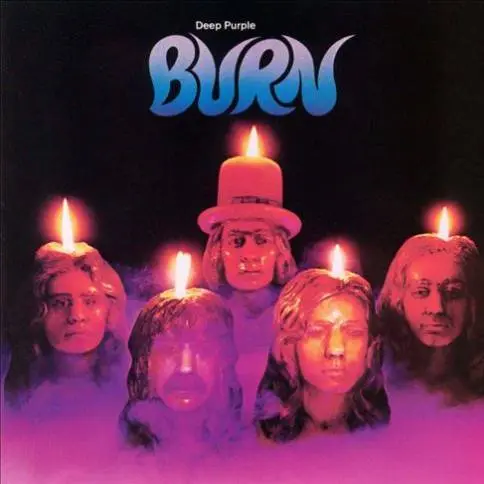
1974
Kiss released their self-titled debut and Hotter Than Hell. Though early sales were underwhelming, their live performances laid the foundation for their future success. Their anthemic style makes many of their hits suitable for group tutorials and easy sheet music workshops.

Blue Öyster Cult’s Secret Treaties pushed their sound forward, solidifying their position in the American rock scene.
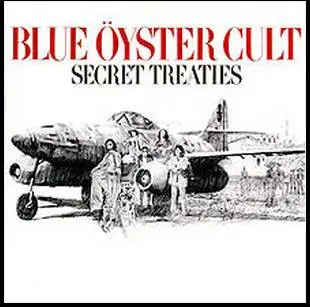
Judas Priest finally released Rocka Rolla, but the album was plagued by production issues. The band’s signature twin-guitar sound had yet to develop, but the foundational riffs still serve as useful learning material in rock sheet music collections.
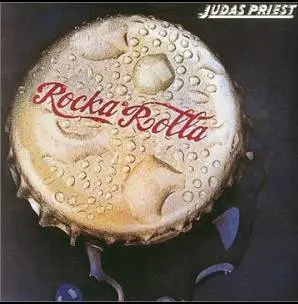
Queen’s Sheer Heart Attack was a stylistic turning point. “Stone Cold Crazy” is often seen as a speed metal prototype. Its rhythmic intensity and fast runs are popular in advanced piano online lessons.
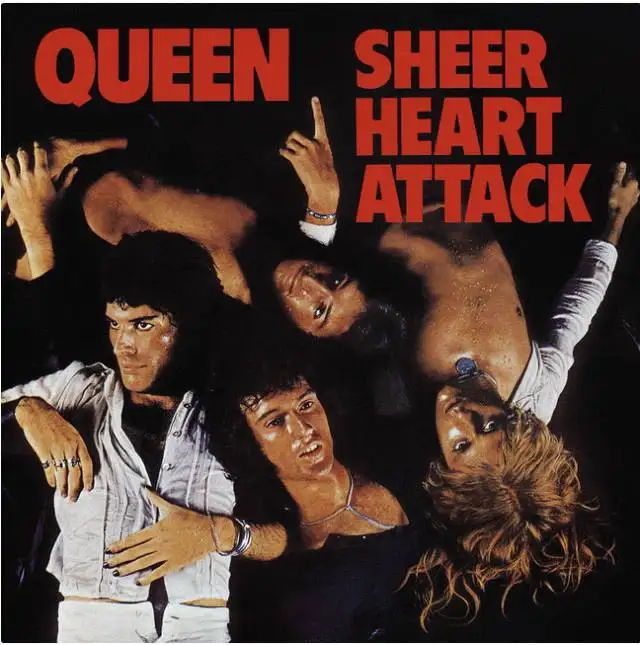
UFO released Phenomenon, marking their shift into harder territory. The band didn’t hit peak popularity until the NWOBHM era, but their early tracks are rich in structure for study via piano notes.

1975
Aerosmith’s Toys in the Attic became a commercial triumph. “Walk This Way” later gained new life with Run-D.M.C., highlighting hard rock’s adaptability—a valuable insight for modern music learners using piano online lessons.
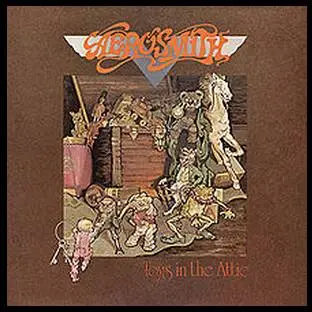
Kiss, despite early struggles, gained traction with their live album Alive!. The raw, energetic feel of these performances is frequently adapted into easy sheet music for youth ensembles and rock keyboard groups.
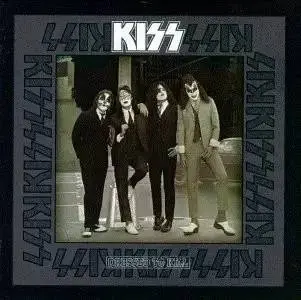
Queen released the iconic A Night at the Opera, which included “Bohemian Rhapsody.” This track, known for its complexity, now exists in various rock sheet music arrangements ranging from beginner to professional.
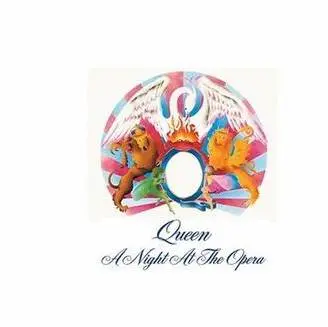
AC/DC released High Voltage and T.N.T.. Their signature guitar riffs and steady rhythm sections translate surprisingly well into piano notes for those building left-hand chord precision.

Scorpions’ In Trance helped shape their identity as a hard rock band. The melodic nature of their early work makes it a good entry point for classical players transitioning into rock through piano online lessons.
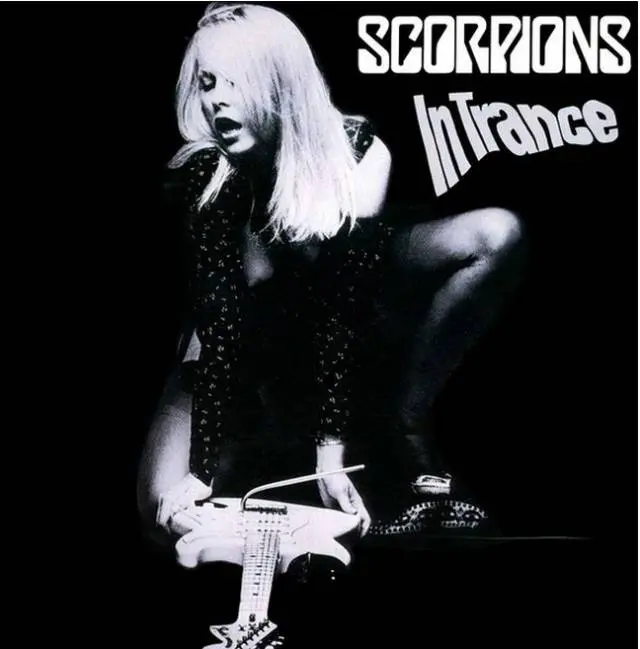
Epilogue
By 1975, hard rock had entered a creative boom. While bands like Led Zeppelin and Deep Purple were beginning to fade, new legends rose, bringing their sound to global audiences. Today, many of these works are preserved and taught through rock sheet music, offering musicians a bridge between tradition and rebellion. With thoughtfully arranged easy sheet music and interactive piano online lessons, even beginner pianists can dive deep into the legacy of rock’s most powerful era—one chord and one riff at a time.
FAQs
1. Are hard rock songs beginner-friendly for piano learners?
Yes! Many classics have been transcribed into easy sheet music versions, allowing new players to experience rock energy without overwhelming complexity.
2. Where can I find accurate rock transcriptions for piano?
Visit SheetMusicGo for a wide selection of rock sheet music, including simplified versions and advanced note-for-note arrangements.
3. Can I learn hard rock piano without a teacher?
Absolutely. With structured piano online lessons and accessible piano notes, self-study is possible—even for aggressive rock styles.











